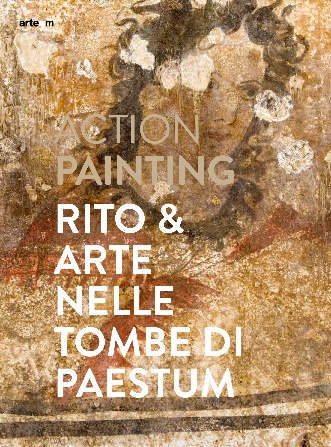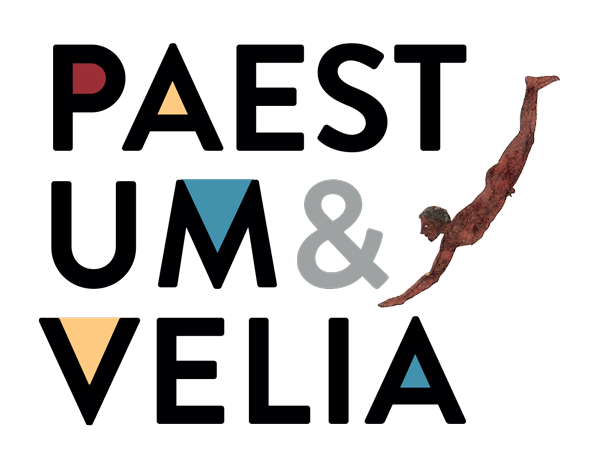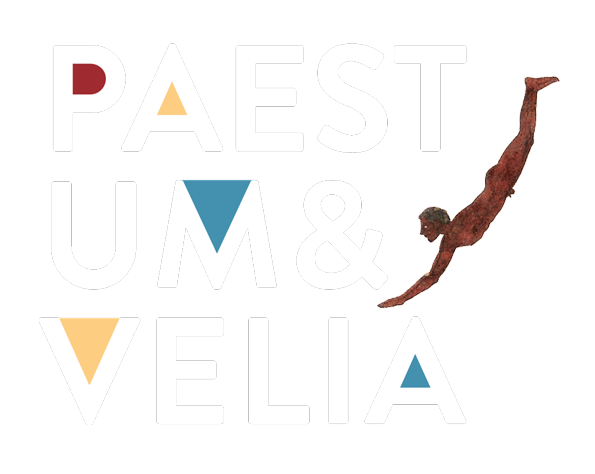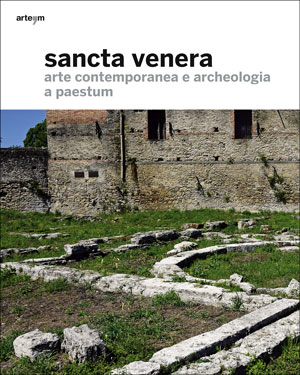Action painting. Rite & art in the tombs of Paestum

edited by Marino Niola and Gabriel Zuchtriegel
 Year: 2016
Year: 2016
ISBN: 978-88-569-0586-1
The painstaking care for the figurative signs, the colour of matter, runs the risk of deleting the dynamic horizon of the creative process, the flowing textures, the global sense of a work of art.
The concept of action painting – coined in 1952 by the American art critic Harold Rosenberg – indeed
refers to this creative act, no less tangible than inspiration and concrete shapes, experiment and action where creative practices become an integral and forming part of the project.
Artists at work strongly emerge from the necropolises of Paestum, between the 4th and early 3rd century BC, committed to depicting rite and memory: an actual collective, ceremonial “stage set”, at the time of laying, accompanied the deceased to the space of eternity in real time. This sort of action painting ante litteram crosses the stories of the wall paintings of the tombs of Paestum, pointing to unknown meanings, original points of view on the knowledge of ancient funerary rites.






